Understanding Facial Recognition Cameras
Facial Recognition Cameras are advanced surveillance tools that employ biometric technology to identify human faces. These systems are crafted to capture high-resolution images for various security and monitoring purposes, prevalent in settings prioritizing access control like government buildings, airports, and commercial establishments. Moreover, facial recognition technology is progressively integrated into smart devices to enhance user authentication and provide personalized experiences.
The primary role of a facial recognition camera is to match real-time detected faces with those in a database of known individuals. This involves a series of steps: face detection, facial feature alignment, image capture, and comparison with a database to determine matches. Some sophisticated systems also utilize machine learning algorithms to enhance accuracy over time through continual learning from new data.
Functioning on pattern recognition principles, facial recognition cameras analyze the unique facial patterns of individuals and translate them into digital codes. These codes are then cross-referenced with codes in a database; upon identification of a match, the camera can execute actions like unlocking doors or alerting security personnel. This technology not only bolsters security measures but also streamlines processes by automating tasks that conventionally necessitate manual identification and verification.
Varieties of Facial Recognition Cameras
Diverse facial recognition cameras are accessible in the market, each tailored with specific features to suit various applications:
-
Standard Definition Cameras: These cameras offer fundamental facial recognition functionality and are commonly used in cost-sensitive environments, notably for basic security needs in secure areas.
-
High Definition Cameras: Providing enhanced detail and precision, high definition facial recognition cameras are deployed in scenarios where capturing intricate details is crucial, such as high-security locations or public area surveillance.
-
Thermal Imaging Cameras: Suited for environments requiring tracking in low light or challenging conditions like extreme temperatures, these cameras detect heat signatures from individuals to formulate facial recognition data.
-
Wide Angle Cameras: Featuring a broader field of view, wide angle cameras can capture facial recognition data from larger areas, ideal for public space surveillance requiring multiple angles coverage.
-
Multifunctional Cameras: These cameras not only conduct facial recognition but also encompass additional features like motion detection or two-way audio capabilities, offering versatility for diverse security systems.
Selecting the Right Facial Recognition Camera
Choosing an appropriate Facial Recognition Camera involves evaluating several factors aligning with specific business or application requirements. Key considerations encompass:
-
Application Environment: The installation setting—indoors, outdoors, or high-security areas—dictates necessary features. For instance, outdoor environments may mandate waterproof cameras with robust infrared capabilities.
-
Recognition Performance: Evaluating the camera's facial recognition efficacy, especially in challenging conditions like low light or partial obstructions. Premium cameras may offer superior recognition performance.
-
Data Storage: Determining the data volume to be stored and the storage duration, ranging from local SD card storage to flexible cloud service storage options.
-
Integration with Existing Systems: Assessing compatibility with current security infrastructure or software management systems for seamless integration.
-
User Capacity: Identifying the system's capacity to recognize multiple individuals simultaneously if required.
-
User Experience: Opting for a system with an intuitive interface and robust support options like SDKs for customization, crucial for applications necessitating frequent interaction.
Exploring Facial Recognition Cameras on Alibaba.com
For businesses seeking dependable and precise facial recognition technology solutions, Alibaba.com emerges as a leading online marketplace linking buyers with a vast global supplier network. The platform's extensive array offers various facial recognition cameras suitable for diverse applications, spanning security, access control, customer engagement, and authentication.
Alibaba.com's commitment to facilitating global trade is evident through its user-centric interface and services like Trade Assurance, safeguarding payments until delivery completion. Its capacity to accommodate customized requirements renders it an appealing choice for businesses aiming to tailor purchases to specific needs or brand guidelines.
By opting for Alibaba.com to procure facial recognition cameras, businesses leverage a robust system simplifying international commerce. The comprehensive approach equips them with tools for operational efficiency and enhances security and customer service capabilities by integrating advanced technology solutions into their offerings.
Frequently Asked Questions about Facial Recognition Cameras
How does a facial recognition camera differ from a surveillance camera?
A facial recognition camera is designed for individual identification and verification, whereas a surveillance camera is intended for continuous area monitoring and activity recording. Facial recognition cameras focus on biometric data analysis, while surveillance cameras offer a broader view of area activities.
What are the common applications of facial recognition cameras in business settings?
Businesses utilize facial recognition cameras for applications such as access control, time and attendance tracking, personalized customer service, and customer behavior analytics.
Can facial recognition cameras operate effectively in low-light conditions?
Many facial recognition cameras are equipped with infrared (IR) illuminators enabling effective operation in low-light conditions for identification purposes.
How can the security of stored facial recognition data be ensured?
Opt for a camera with secure data storage options like local storage, encrypted cloud storage, or secure network connections to safeguard captured data.
Is it feasible to customize the appearance of a facial recognition camera?
While most facial recognition cameras come in standard designs, select suppliers may offer customization options such as logo printing or specific colors for branding purposes.

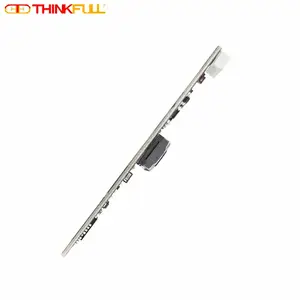










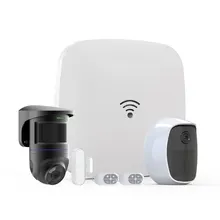








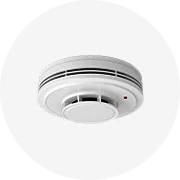
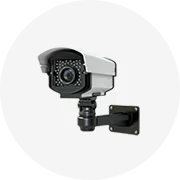
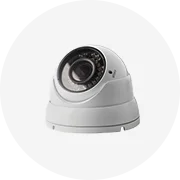

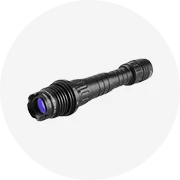










 浙公网安备 33010002000092号
浙公网安备 33010002000092号 浙B2-20120091-4
浙B2-20120091-4